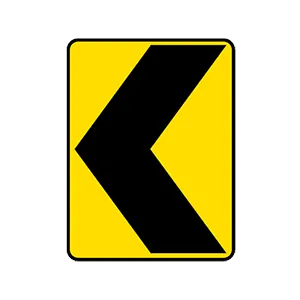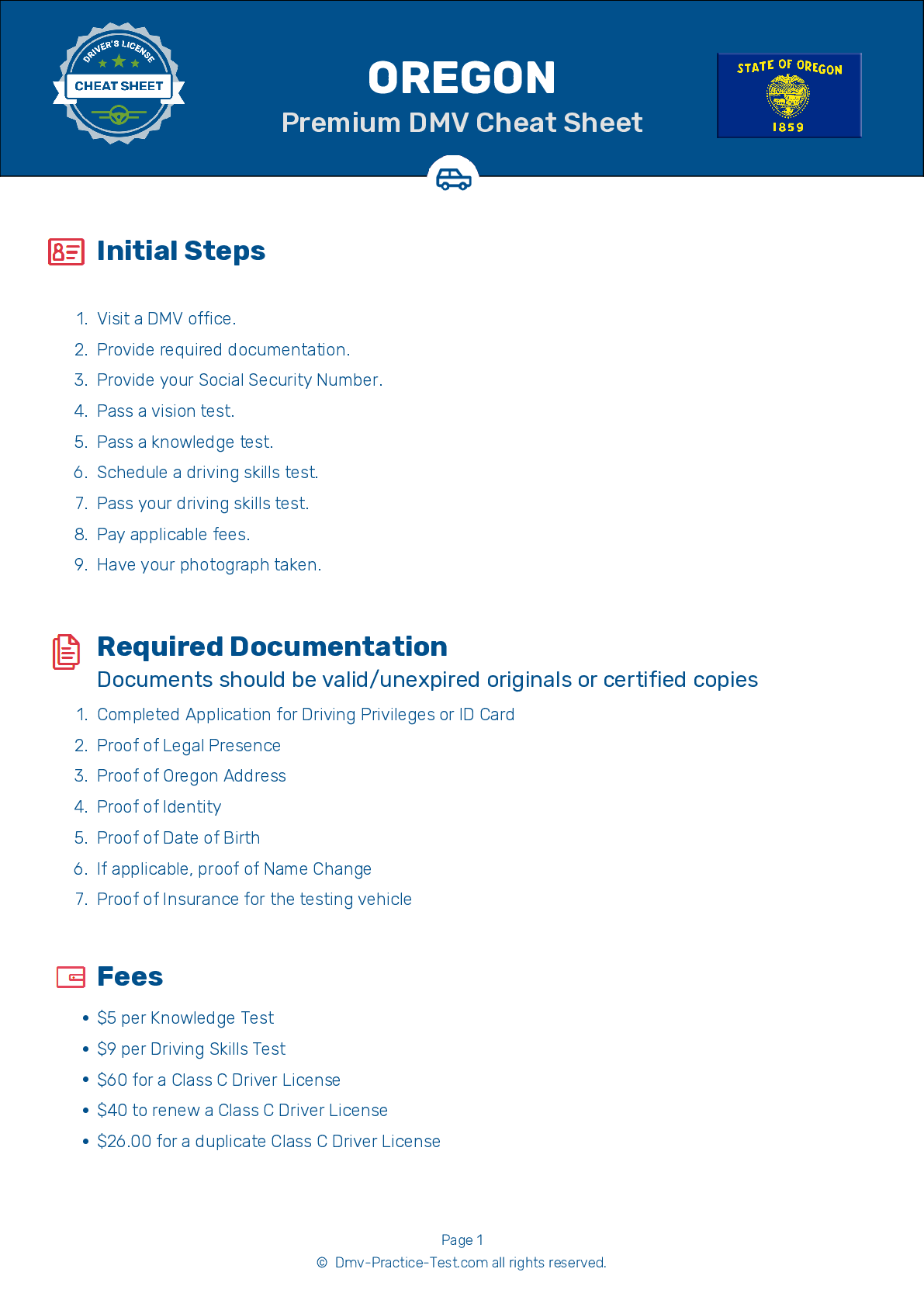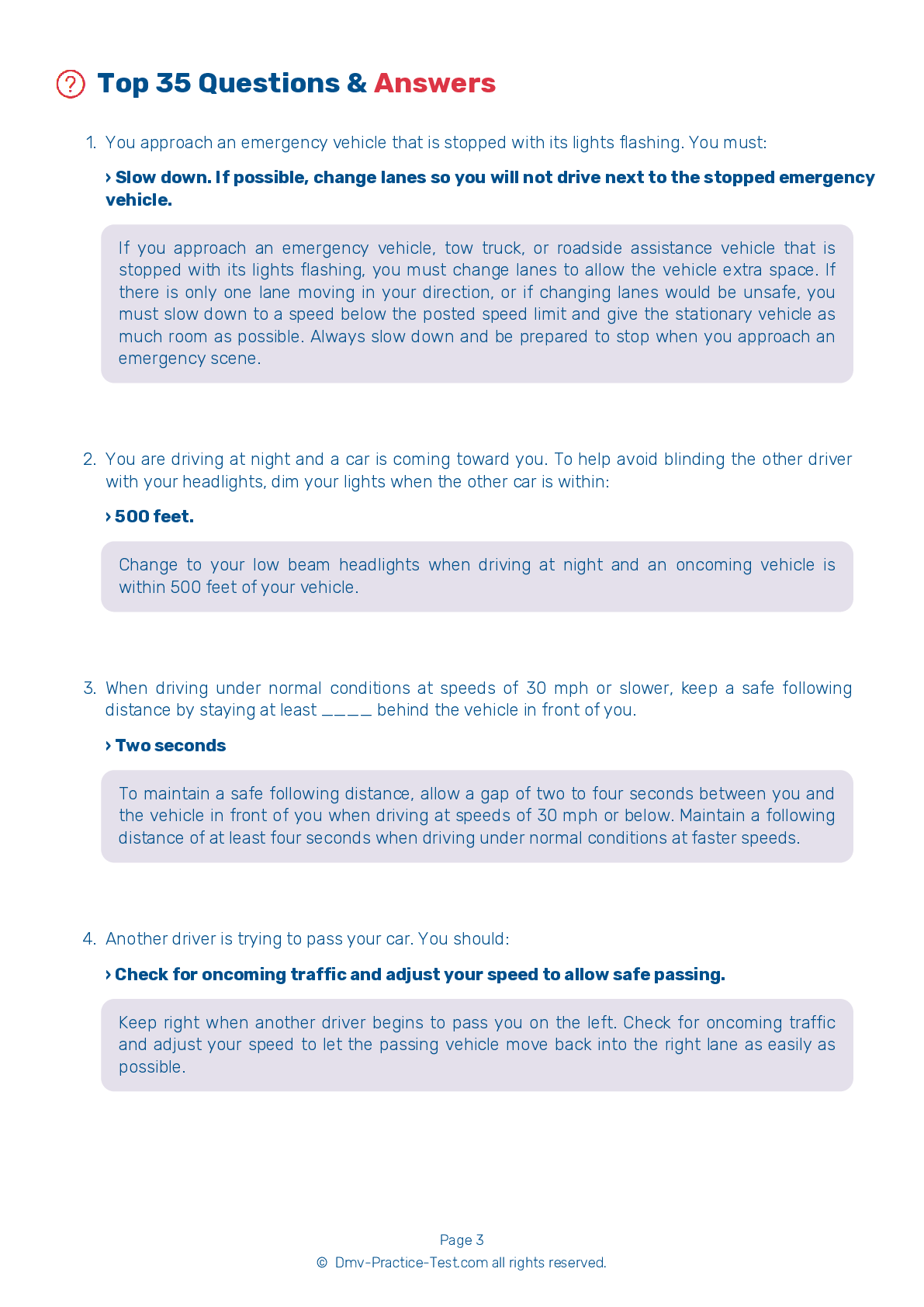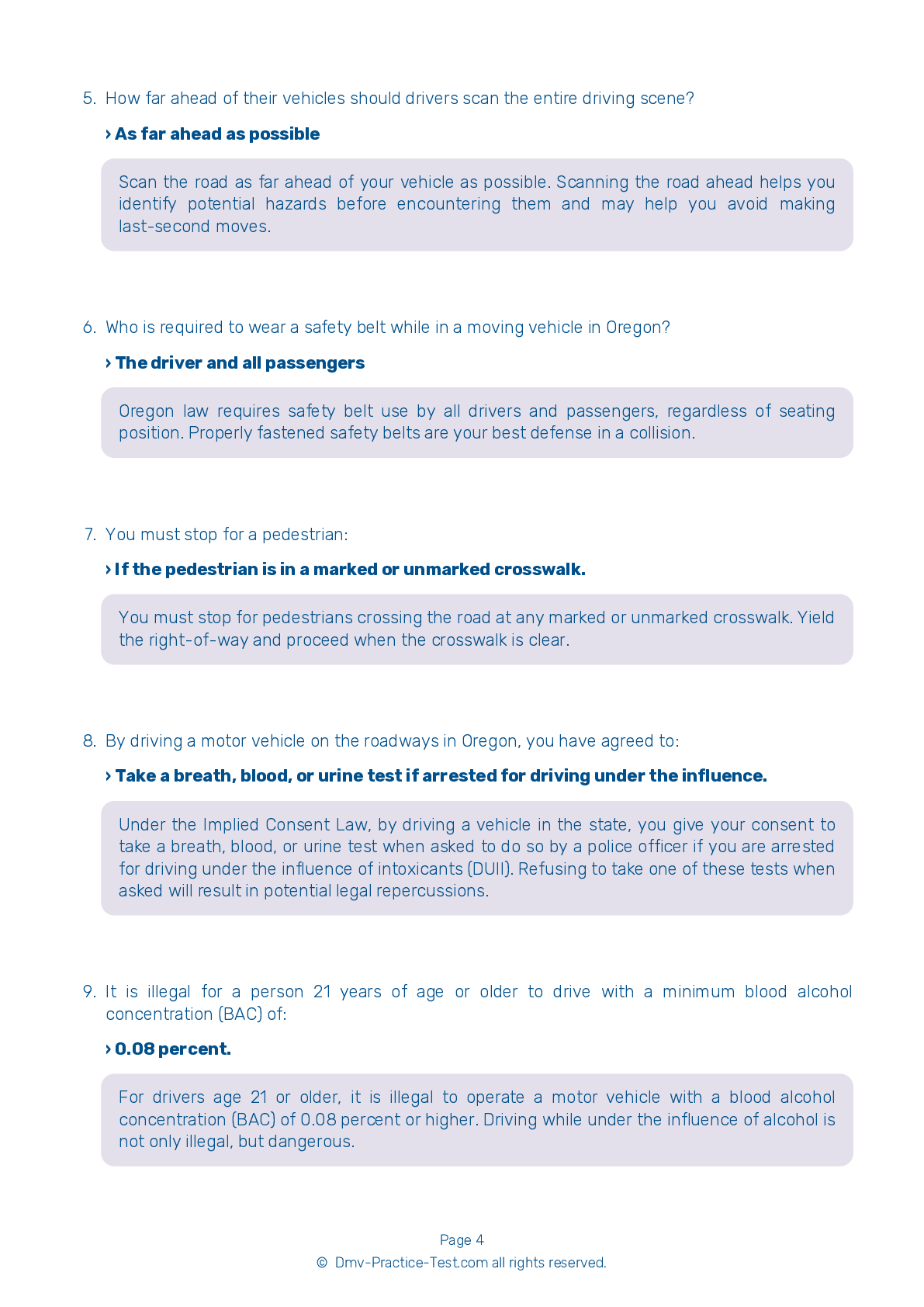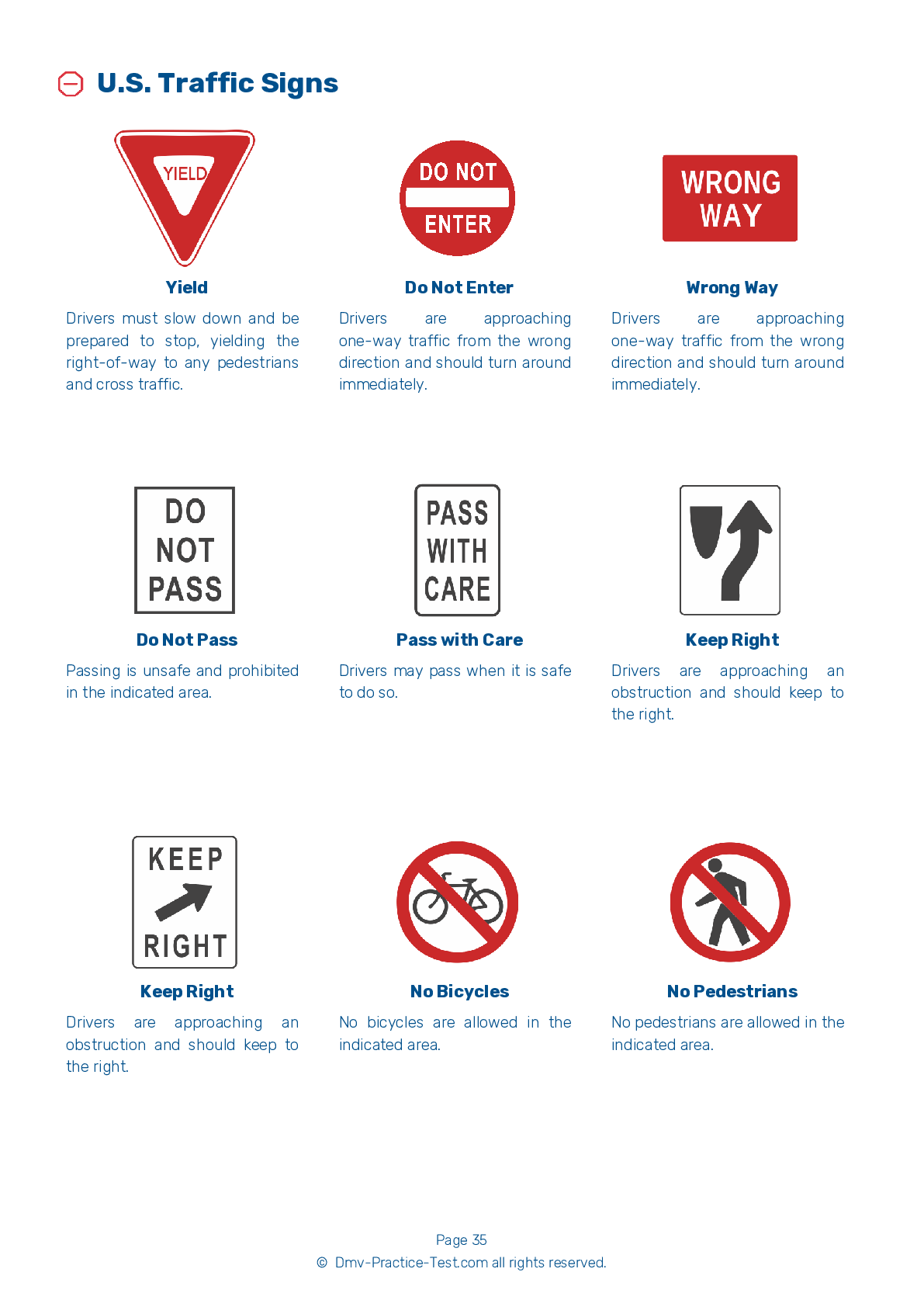FREE Oregon DMV Practice Test #9
The practise exams for the Oregon DMV have been updated for January 2025. It includes questions based on the most important traffic signals and regulations for 2025 from the Oregon Driver Handbook. To study for the DMV driving permit test and driver's licence exam, use actual questions that are very similar (often identical!) to the DMV driving permit test and driver's licence exam.
Each question on the practise exam has a tip and explanation to help you recall the ideas. Questions about traffic rules, traffic signs, and driving statutes, as well as knowledge from the Driver Handbook, will be included in the written portion of the official Oregon DMV test.
You must properly answer 28 of the 35 questions to receive a passing mark. Use the Oregon Department of Motor Vehicles' practise exam to help you prepare for your instruction permit or driver's licence.
The DMV exam is offered in a variety of languages.
Using any form of testing help will result in an automatic fail, and the DMV may take further action against your driver's licence, so avoid it.
1 . When approaching a school bus stopped with its stop arm extended, drivers should:
When approaching a stopped school bus that is using its stop signal, a driver is required to come to a complete stop. They should not proceed until the stop arm is withdrawn.
2 . If you see this sign above your lane, you:
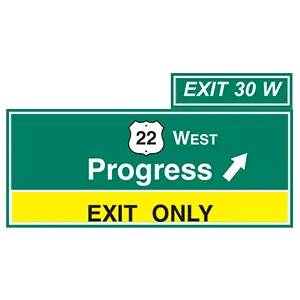
If a yellow panel with the message "Exit only" is on a highway sign, the lane below the sign will not continue through the interchange. Instead, the lane will go off of the roadway to form a ramp. If you are in a lane directly under an "Exit only" sign, you may change lanes to move through the interchange or you must exit the highway.
3 . Two solid white lines painted across a traffic lane show the boundaries of a crosswalk. As a driver, you should know that:
Crosswalk lines show pedestrians where to safely cross a road or street. Crosswalks may be marked by horizontal lines, vertical lines, or a combination of the two. You must always stop for pedestrians who are in a crosswalk.
4 . Railroad crossings should always be considered:
Railroad crossings are always dangerous. Drivers should always look and listen for trains approaching from either direction on all railroad tracks. Always follow the directions indicated by signs, signals, and flaggers. Never proceed past a railroad crossing until you are certain it is safe to do so.
5 . When driving in fog:
You should use low beam headlights when driving in fog, rain, or snow.
6 . How far ahead of their vehicles should drivers scan the entire driving scene?
Scan the road as far ahead of your vehicle as possible. Scanning the road ahead helps you identify potential hazards before encountering them and may help you avoid making last-second moves.
7 . When you see this sign, it means:
